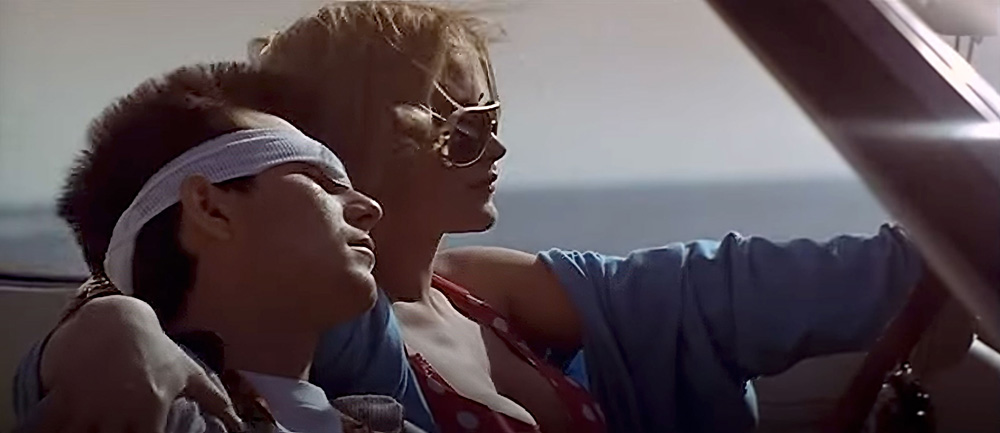In this edition of Storytelling Techniques, we delve into Quentin Tarantino’s storytelling arsenal to explore its applicability within dark romance narratives. By combining unexpected genres and emotions and sculpting characters of profound depth, this series aims to equip new and seasoned dark romance writers with additional perspectives, enabling you to enrich your narratives with the nuanced complexity, passion, and raw authenticity that define Tarantino’s work. Explore how his storytelling methods can invigorate traditional romance tropes, captivating your audience with the intensity, humour, and emotional depth characteristic of Tarantino’s cinematic mastery. In Tarantino’s universe, the art of storytelling transcends mere narrative delivery; it’s about the manner of its telling. It’s the distinction between commonplace narratives and those that pulsate with vibrancy, introducing characters who seem to have lived long before they ever appeared on your page.
We will cover: Blending Tropes / Crafting Iconic Characters / Creative Borrowing / Timing and Revelations / Non-linear Storytelling / Embracing Authenticity / Character Voice / Fearlessness / Embracing Unique Writing Voice / Playing with Audience Expectations / Rollercoasters of Emotions in Scenes. You can navigate to each section at the end of this post.

True Romance
"When I'm writing a movie, I hear the laughter. People talk about the violence. What about the comedy? My movies are funny. They deal with a lot of tragic stuff, but there's a lot of funny stuff as well."
Quentin Tarantino
Character is the beating heart of Tarantino’s storytelling philosophy. He crafts his characters with a depth and complexity that demands the audience’s attention. “I steal from every movie ever made,” he admits, but it’s not just about theft; it’s about reinvention. Tarantino borrows from the past not to replicate but to create something entirely new, something that speaks to the audience on a visceral level. His characters aren’t just characters; they’re living, breathing entities with pasts that haunt them, dreams that drive them, and flaws that define them.
When it comes to revealing information to the audience, Tarantino is a master of timing. He understands that the when is just as crucial as the what. Revealing too much too soon can sap the tension out of a scene, while holding back for too long can leave the audience disengaged. Tarantino’s approach is to tease, to hint, and to reveal in a way that feels organic to the story. He’s not just telling you a story; he’s inviting you on a journey. “I want to play you,” he says. “I want to make you think you’re watching one thing, then I’ll take you somewhere else.”
His films often utilise non-linear storytelling, a technique that allows for creative reveals and character development. By showing a character’s future before their past, Tarantino forces the audience to reassess their judgments and expectations. This method isn’t just a gimmick; it’s a way of deepening the narrative, of enriching the audience’s understanding of the characters and their motivations. “Your job is to get your audience to care about your obsessions,” Tarantino believes. It’s about passion, about conveying that passion to the audience in a way that’s both engaging and compelling.
Inspirational storytelling, especially in terms of character and revelation, is about more than just plot points and character arcs. It’s about finding the truth in the fiction, the reality in the fantasy. Tarantino’s characters, from the vengeful Bride in Kill Bill to the loquacious hitmen of Pulp Fiction, are more than just vehicles for advancing the plot; they’re reflections on humanity, on the light and dark that resides within us all.
“Every character needs to sound different from each other,” he insists. Crafting distinct voices isn’t just about dialect or accent; it’s about understanding the character’s worldview, their experiences, and how these influence their dialogue and decisions. Tarantino’s characters live and breathe through their words, through their actions, and through the information revealed about them, piece by carefully timed piece.
The key takeaway for anyone interested in storytelling, particularly in crafting memorable characters and masterful reveals, is to be fearless. Tarantino’s approach is not for the faint-hearted. It requires boldness, a willingness to delve deep into the characters’ psyches, and an understanding of the audience’s desires and expectations. It’s about challenging conventions, taking risks, and, above all, staying true to your vision.
“Violence is one of the most fun things to watch,” he says, but this isn’t just about physical violence. It’s about the violence of emotions, of desires clashing, of characters fighting against their destinies. Storytelling, in the Tarantino sense, is about embracing all aspects of the human experience, the beautiful and the brutal, and weaving them into a narrative that resonates on a deeply personal level.
In this series, we are going to look at some of the ways Tarantino’s methods can infuse your work with your obsessions, your passions, and your idiosyncrasies. Don’t be afraid to play with existing structures, to reveal information in unexpected ways, and to create characters so vivid and real that they linger in the audience’s mind long after the story has ended. Let’s dive in to what we are going to cover:



